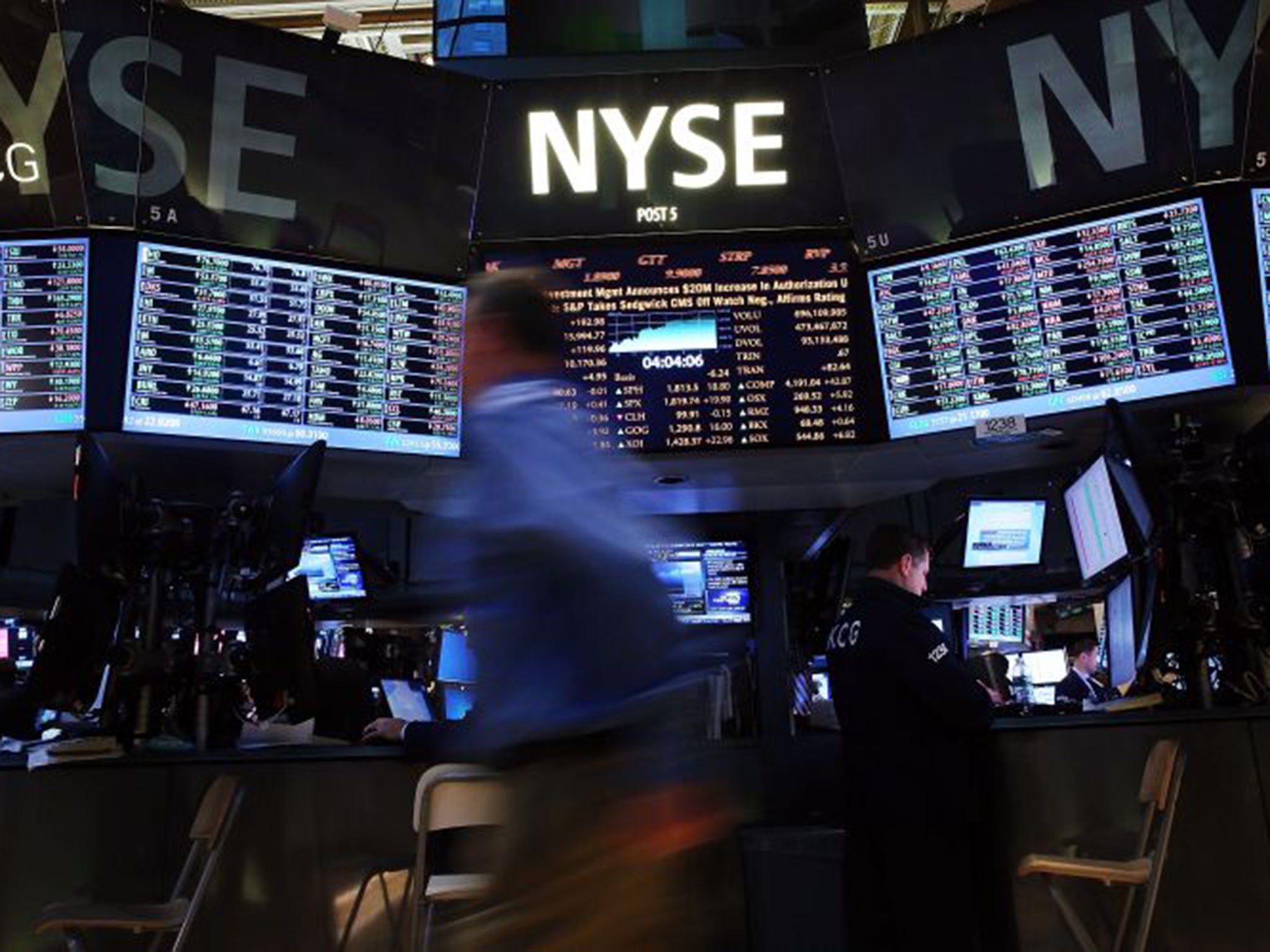Interest rates: It’s a race to the bottom but still the only way is down
Das Capital: We’ve had the biggest stimulus the world has ever seen. We still haven’t solved the problem of weak demand

Isaac Newton believed that truth is found in simplicity. Based on current interest rate policies, central bankers in developed markets clearly believe the opposite.
Since the demise of Lehman in 2008, there have been more than 600 rate cuts. Over the same period, central banks have injected more than $12trn (£8trn) into money markets under quantitative easing (QE) programmes. Over $26trn of government bonds are now trading at yields of below 1 per cent, with more than $6trn currently yielding less than 0 per cent.
These policies, according to policymakers, have been crucial to the “recovery”.
Now there is increasing confusion about future interest rate policy. Markets expect that stronger US employment numbers will drive a rate rise in December 2016. Puzzlingly, the Federal Reserve chair Janet Yellen has also hinted that further QE or negative interest rates are also possible.
There is little agreement among the Fed governors about the appropriate policy path, and Ms Yellen also has to worry about non-terrestrial matters. Congressman Brad Sherman recently told her that God does not want her to raise rates until May: “If you want to be good with the Almighty, you might want to delay until May. God’s plan is not for things to rise in the autumn – that is why it is called fall.”
Everyone else is cutting. The European Central Bank president Mario Draghi has already hinted that he will consider lowering rates further soon, while the Bank of England has suggested that British interest rates may not increase until 2016 or even 2017.
The Bank of Japan has promised additional easing if necessary “without hesitation”. The Japanese have even rebranded QE as QQE (quantitative and qualitative Easing). The qualitative is central banks talking about easing.
The People’s Bank of China, China’s central bank, cut benchmark interest rates for the sixth time this year to a record low of 1.50 per cent, in a bid to support an economy that is forecast to grow at its slowest annual rate in 25 years. Further reductions in the cost of borrowing are forecast in Australia, New Zealand and many emerging countries.
Central bankers argue that the case for increasing rates is limited. Despite record levels of monetary stimulus, growth remains lacklustre. Forecasts of economic activity have been downgraded regularly over the past two to three years. Disinflation and deflationary pressures remain, with low commodity prices, especially for energy, likely to continue.
The central banks dismiss criticism that the policies are at best ineffective and at worst damaging. However, low rates have created problems for savers and retirees around the world. Pension funds are in trouble with rising levels of unfunded liabilities. Debt levels are continuing to rise from unsustainable to even more unsustainable.
Low interest rates have distorted financial markets and created asset price bubbles in shares, property and other investments.
Whatever the initial benefits, this is an unconventional monetary policy and increasingly counterproductive. The former governor of the Bank of England, Lord (Mervyn) King, spoke for many when he questioned the continuation of these policies: “We have had the biggest monetary stimulus that the world must have ever seen, and we still have not solved the problem of weak demand. The idea that monetary stimulus, after six years... is the answer doesn’t seem [right] to me”.
Cuts by individual nations or blocs are increasingly being offset by competing reductions elsewhere in the world. Despite their denials, countries are using monetary policy to devalue currencies to gain competitiveness and capture a greater share of global demand. The actions of individual nations are now redundant in a nugatory race to the bottom in interest rates and currency values.
Maintaining interest rates at low “emergency” levels for an extended period also makes it increasingly difficult to increase them to more normal levels. In the US, a 1 per cent increase in rates would increase government interest costs by around $180bn from its present level of around $400bn. Unless offset by increased economic activity, it would increase the budget deficit and government debt levels.
The normalisation of rates to say 2.5 per cent to 3 per cent may prove financially and economically destabilising.
Glenn Stevens, Governor of the Reserve Bank of Australia, recently admitted that cutting interest rates may not be effective in restoring growth. But he also clarified the RBA’s policy: “The fact that it isn’t interest rates holding things back isn’t the same thing as saying that there’s no benefit from lowering them.” Apparently, the RBA is using a “path of least regret” framework.
Asset markets, especially equities, have rallied repeatedly on the continuation of low rates. But low rates reflect slower economic activity and economic weakness rather than strength. This means that, at some stage, a dramatic reassessment of asset prices is now inevitable – either because interest rates increase or because they do not.
As Albert Einstein observed: “Confusion of goals and perfection of means seems... to characterise our age”.
Satyajit Das is a former banker and author whose latest book A Banquet of Consequence will be released internationally in February 2016
Subscribe to Independent Premium to bookmark this article
Want to bookmark your favourite articles and stories to read or reference later? Start your Independent Premium subscription today.

Join our commenting forum
Join thought-provoking conversations, follow other Independent readers and see their replies